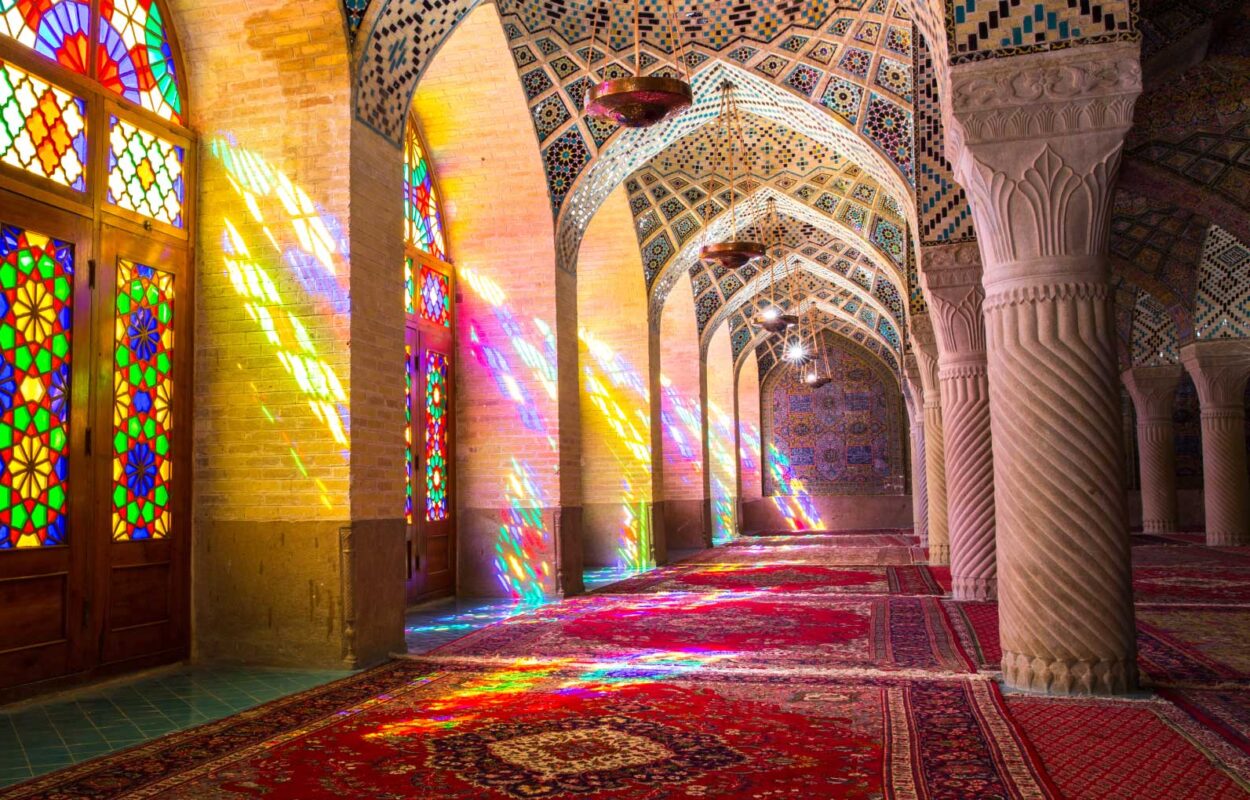Between 1959 and 1962 the American author and composer, Paul Bowles, traveled Morocco to collect samples of the Moroccan soundscape. Half a century later, the Aga Khan Documentation Center at MIT is working with the Library of Congress and the Tangier American Legation Institute for Moroccan Studies (TALIM) to make all of those recordings and the accompanying notes publicly available on Archnet.
At the time he was recording, Bowles felt it was most urgent to capture the music of Morocco’s Amazigh (Berber) communities, which he saw as in danger of disappearing, but he also recorded classical and popular Arabic songs from the urban centers, chanting by the cantors of Jewish synagogues, Qur’anic recitation and even the call to prayer. In total more than 70 hours of recordings were submitted to the Folklife Center of the Library of Congress, along with extensive field notes and other information.
Two albums containing a selection of the recordings were released in 1976, but the vast majority of the recordings have never been released or distributed. In 2010 the Tangier American Legation Institute for Moroccan Studies (TALIM) collaborated with the Library of Congress to digitize the recordings.
At a meeting of the Middle East Studies Association in 2013, Sharon C. Smith, AKDC Program Head, and Michael Toler, Archnet Content Manager, met with Gerald Loftus, TALIM’s director at the time, and Rachid Aadnani, Lecturer in Arabic at Wellesley College, and agreed that Archnet would host the files, with Wellesley College students going to the museum in the summers to assist in cataloging and processing the material.
All of the Bowles notes and photographs have were re-digitized by the Library of Congress, and are now being made available alongside the recordings. To date 14 tracks have been made available as YouTube videos on Archnet. They are only the contents of the first three tapes from the collection of more than 30, but they have already garnered a great deal of interest. Each piece of music is thoroughly contextualized and related to the locations from which it comes. The collection has approximately 1000 Facebook likes and is already one of the most popular on Archnet.
Work continues on the collection this summer, and more music will be available soon.

